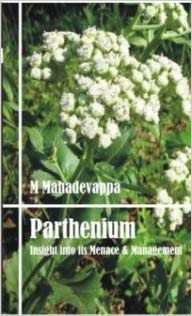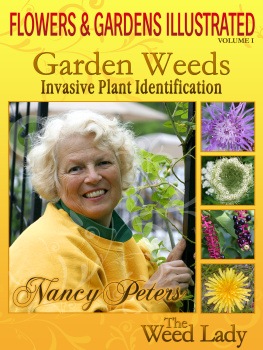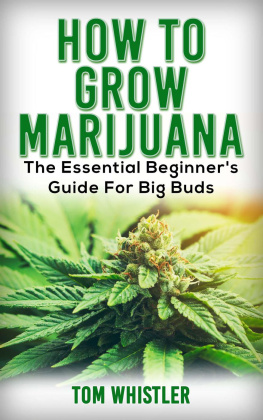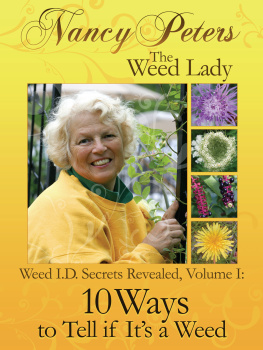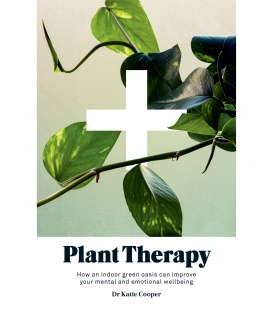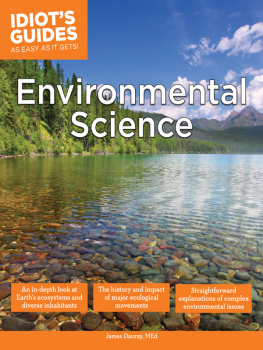
Parthenium
Insight into its Menace and Management
M. Mahadevappa
Director, JS3 Rural Dev. Foundation,
Mysore 570 004
and
Ex Chairman, A3RB, Ex Vice-chancellor UA3,
Dharwad # 157 6, 1st Cross, Chandra Layout
Bangalore 560 040, Karnataka

Parthenium Insight into its Menace and Management
2009
This book contains information obtained from authentic and highly regarded sources. Reprinted material is quoted with permission, and sources are indicated. A wide variety of references are listed. Reasonable efforts have been made to publish reliable data and information, but the authors and the publisher cannot assure responsibility for the validity of all materials or for the consequences of their use.
All rights are reserved under International and Pan-merican Oopyrigiit Conventions. ipart from any fair dealing for the purpose of private study, research, criticism or review, as permitted under the Copyright Act, 1956, no part of this publication may be reproduoed, stored in a retrieval system or transmitted, in any form or by any means-electronic, electrical, chemical, mechanical, optical, photocopying, recording or otherwise-^without the prior permission of the copyriqht owner.
ISBN: 978-93-80012-13-1
Published by:
Studium Press (India) Pvt.Ltd.
4735/22, 2nd Floor, Prakash Deep Building
(Near Delhi Mediasi Association),
Ansari Road, Darya Ganj, New Delhi-110 002
Tel.: 23240257, 65150447; Fax: 91-11-23240273;
Printed at:
xxxxx
Delhi
FOREWORD
Parthenium, an obnoxious annual weed, has been reported as a main source of health hazard to mankind and animals, threat to biodiversity and danger to environment. Since its introduction into India in 1956 through grain shipment, it has spread alarmingly like a wild blaze in almost all the states, It has also invaded forest areas, pastures and qarden lands.
Parthenium is a highly regenerative plant, insensitive to both photo-and thermo period and possesses remarkable adaptability to all agro-ecological habitats. It is threatening both social environment and biodiversity due to its adverse effects on man, domestic animals and beneficial flora. Therefore, concerted peoples participatory approach is critical for its effective control.
It is encouraging that scientists have done considerable research on various methods of its control. By and large, these methods do have in-built limitations. Therefore, an integrated approach becomes an obvious choice for its sustainable management. The literature in this regard, besides being scanty, has been widely scattered. Hence, there is an urgent need to have consolidated information in the form of a book, which is being fulfilled due to efforts of Padmashri Dr. M, Mahadevappa, former Chairman, ASRB, New Delhi and Vice-Chancel lor, University of Agricultural Sciences, Dharwad, Karnataka, India.
Dr. M. tfehadevappa has been associated with the problems and issues of this weed for nearly two decades. He has evolved strategies to contain, this vised through his associates, voluntary organizations and civic authorities in Karnataka. He had also organized two International Conferences on this subject in the State of Karnataka where the menace of this weed is considerably brouqht down throuqh inteqrated pest manaqement.
I do hope that Dr, Mahadevappa, with his vast experience in this field and his current association with NGOs, will continue to help combating Parthenium problem through research, extension and publications of this kind. I am confident that this publication will prove very useful for agricultural scientists, doctors, environmentalists, planners and common man.

Dr. R.S. Paroda
Chairman
Trust for Advancement of Agricultural Sciences
IARI Campus, New Delhi
&
Former Secretary DARE
and Director General, ICAR
Date: 7th-Auqust, 2009
ABOUT THE AUTHOR

Panmshri Mahadevappa (Rice Mahadevappa) , through his sustained breeding efforts at UAS Bangalore and at IRRI developed and released nine rice HYVs/hybrids contributing to nation exchequer substantially. He developed biological eco-friendly Integrated Parthenium Weed Management ( IPWM) Technology, He visited 21 nations and presented 31 papers, published 200 research articles, besides authoring 17 books on rice, Seed Technology and Parthenium. in English and Kannada, As Vice Chancellor of UAS, Dharwad for two terms, he contributed immensely to get ICARs SARDAR PATEL OUSTANDING INSTITUTION AWARD FOR 2 000. As chairman ASRB, he brought transparency in recruitment and expedited the process of academic promotions and encouraged scientists to further contribute to the cause of farming community.
Several reputed organizations have recognized Professor Mahadevappas rich contributions for the cause of agriculture and the farming community. He was conferred the coveted (International) Watumull Foundation Award (1987), Hooker Award (1981) and Sir Chotturam National Award, The Karnataka State conferred the Rajyotsava Award in 1984. In addition he was conferred the Nagamma Dattathreya Award by UAS, Bangalore, and Pari sara Ratna Award and Bharatha Rathna Sir M. Visvesvaraya Memorial Award (1999) . It is in 2005, Dr. Mahadevappa was recognized by President of India by awarding Padmashri.
PREFACE
The problem of Parthenium weed has been apparent since more than five decades and is continuing to affect health of humans, animals, flora and environment. It distorts the aesthetic look of the natural as well as manmade landscapes. It is considered as one of the most noxious terrestrial weeds in India. Today, probably more people are avare of its obnoxious effects and thinking of principal issues to arrest its menace, if not eradicate it innediately. Principally, no plant should be eradicated, as natures every creation has some role to play some time and somewhere on this planet; hence it is important to see that its harmful effects to livinq beinqs and environment are managed.
Further, the limited success so far achieved by scientists and various societal communities to manage this weed indicates that it needs a thorough analysis of the major obstacles that are being faced and likely to be so in future too. The factors involved are too many and it calls for deeper understanding for an integrated approach to design appropriate and sustainable manaqement tactics.
The current effort therefore embodies aspects of Wnat has happened and what will happen if neglected and what needs to be done after understanding its present status. The unpredictable nature of the factors afflicting the weed compels us to debate the concerns, our capacity to manage, the resources, allied and current technical knowledge in the light of our achievements and success stories with modicum of facilities.
It is in this context this book is prepared and it is hoped that this book provides an insight into the special features of the plant and its very wide adaptability, overall strategies for developing a viable and workable policy to contain the weed and minimize its negative effects. It also deals with potentials of government assistance, research and extension management, need for involvement of civil societies and also assessment of the economically feasible options.
Next page
